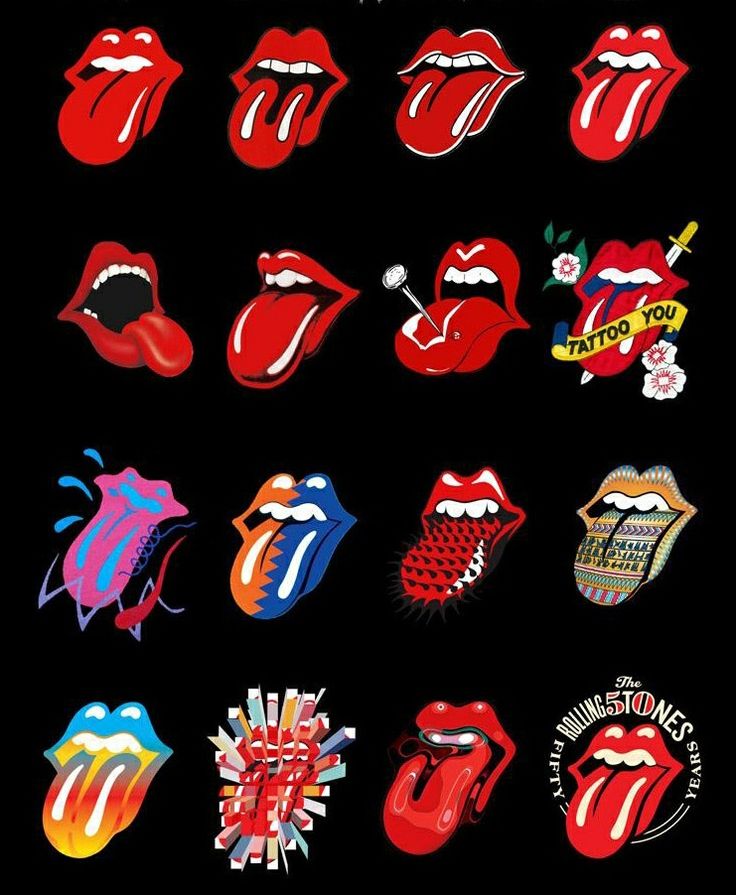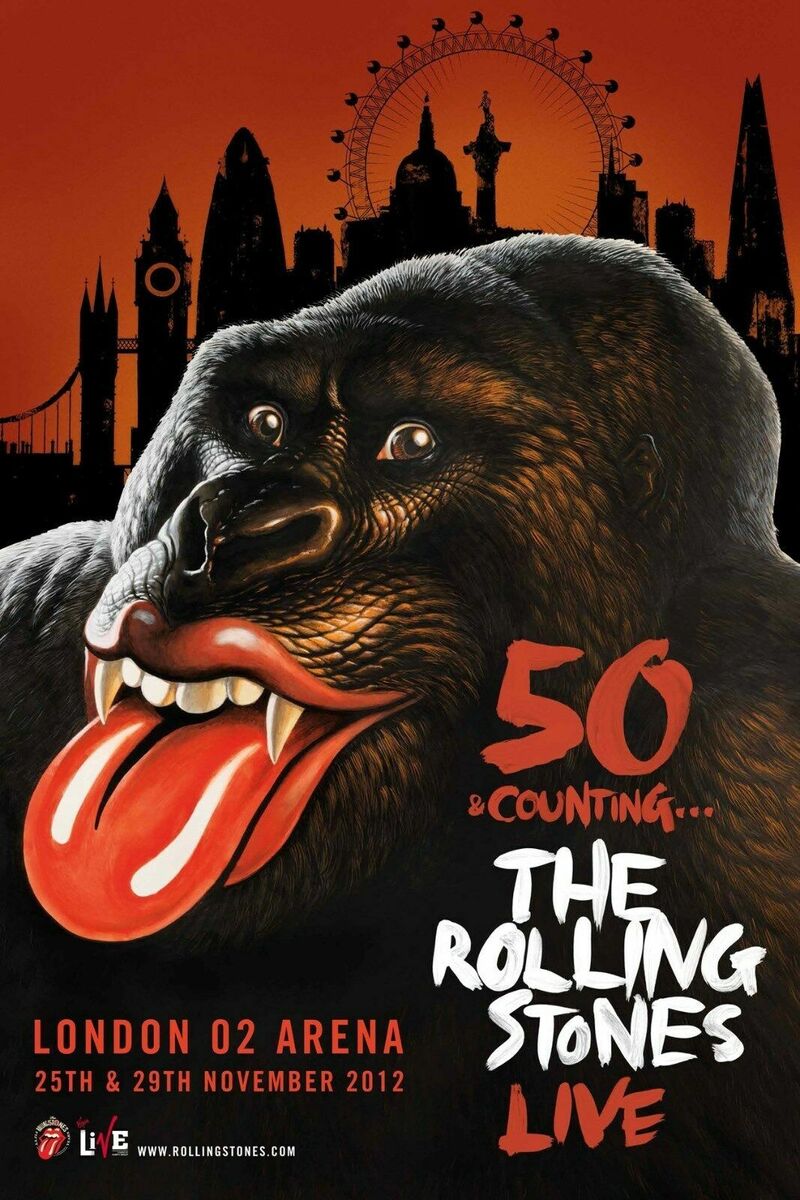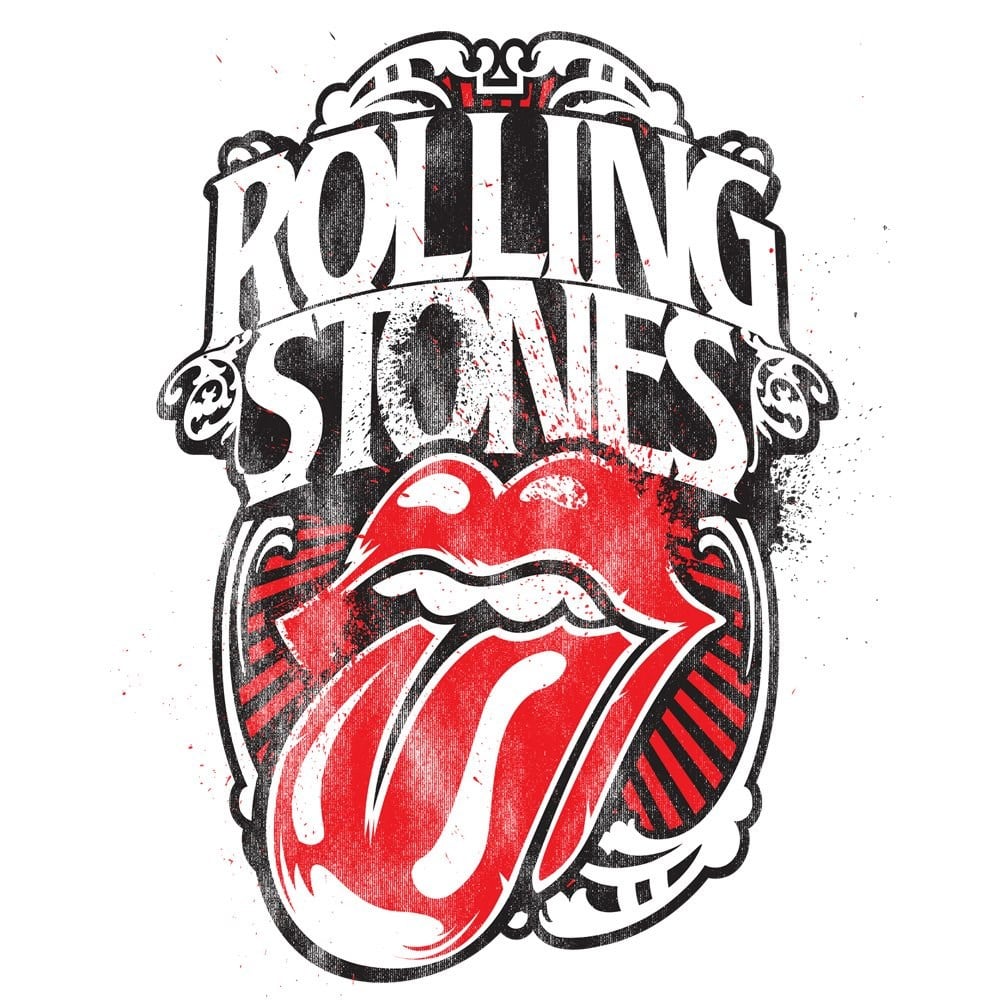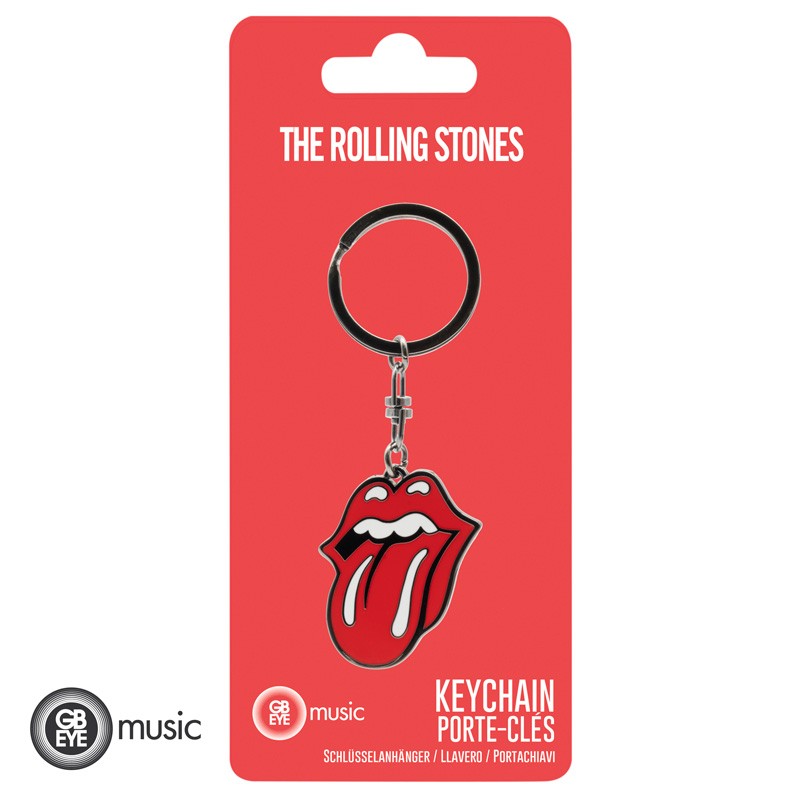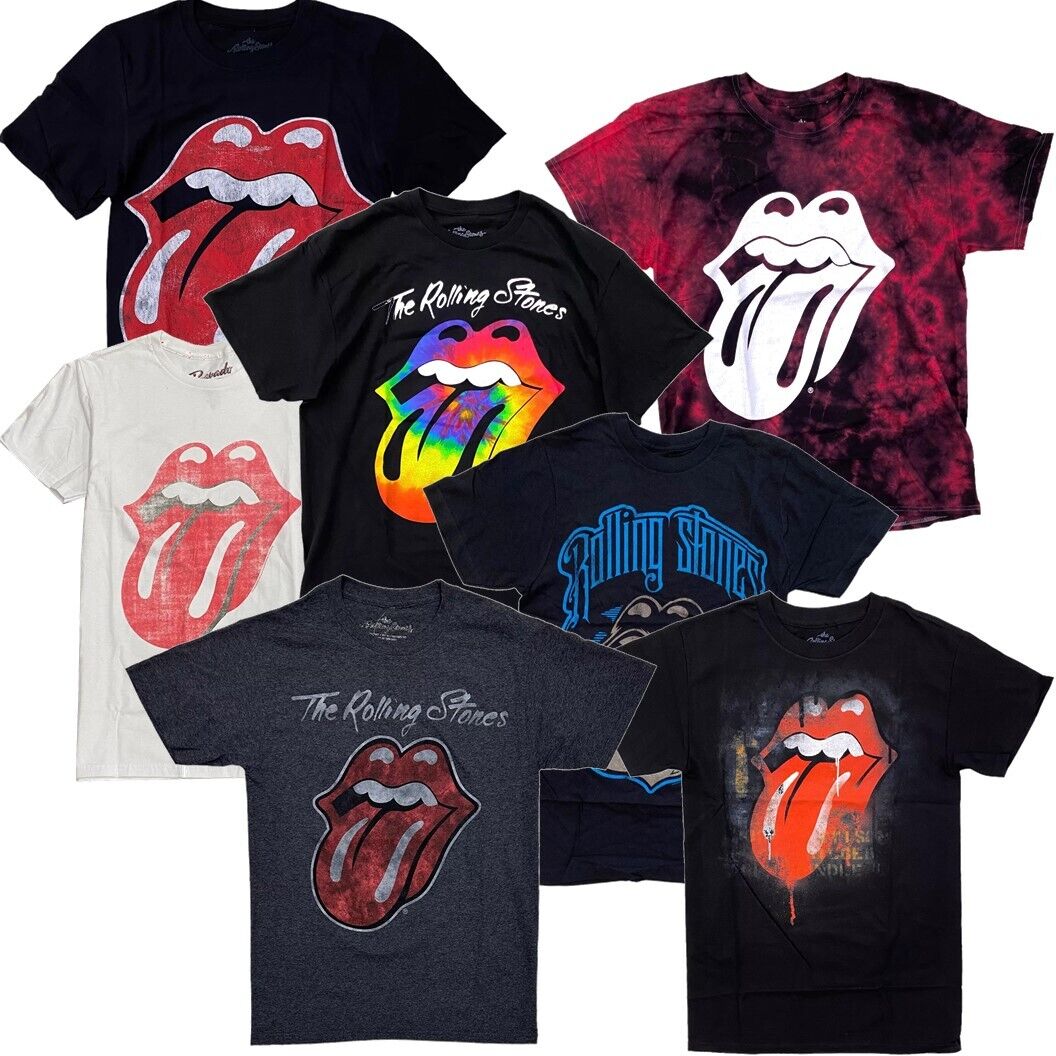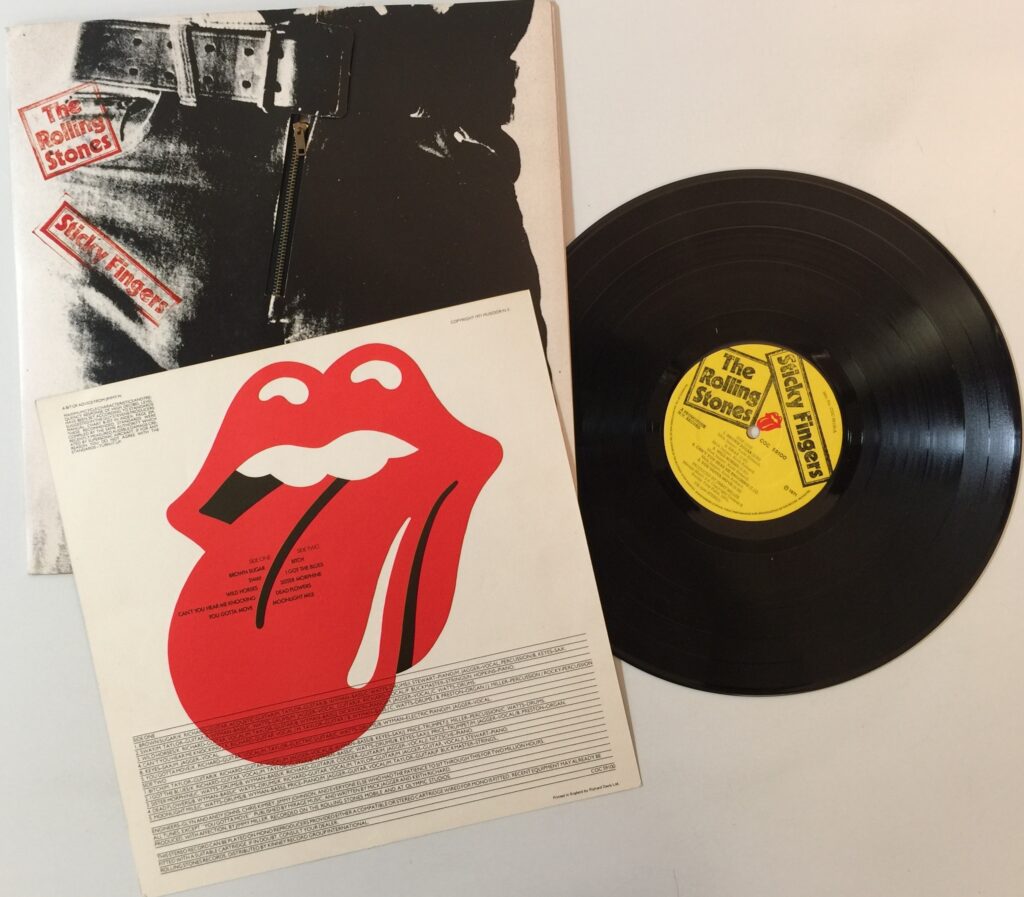The Rolling Stones, one of the most enduring and influential rock bands in history, have not only left an indelible mark on the music industry but also on popular culture.
Their music, characterized by raw energy and rebellious spirit, is synonymous with the ethos of rock and roll.
However, the band’s influence extends beyond their sound to their visual representation, epitomized by the iconic Rolling Stones logo.
Let’s explore the origins, design, cultural significance, and enduring legacy of the Rolling Stones logo, exploring how it has become a symbol of rock and roll and rebellion.
Origins of the Rolling Stones Logo
The Rolling Stones logo, often referred to as the “Tongue and Lips” logo, was created in 1970 by John Pasche, a then-student at the Royal College of Art in London.
The logo was commissioned by the band’s lead singer, Mick Jagger, who was looking for a symbol that would represent the band’s raw, edgy, and rebellious persona. Jagger was reportedly inspired by the Hindu goddess Kali, known for her powerful and fierce imagery, including her protruding tongue.
This inspiration, combined with the desire to capture the essence of rock and roll’s defiance and sexuality, led to the creation of the now-famous logo.
Pasche’s design features an open mouth with a tongue sticking out, rendered in bold red and black colors.
The simplicity of the design, combined with its suggestive and provocative nature, made it an instant hit. The logo first appeared on the album cover for “Sticky Fingers” in 1971, marking the beginning of its journey as a cultural icon.
above image: John Pasche The Rolling Stones Logo Creator
Design Elements and Symbolism
The Rolling Stones logo is a masterclass in visual communication.
Its design elements are carefully crafted to convey the band’s identity and ethos:
- The Tongue: The most striking feature of the logo is the protruding tongue, which symbolizes defiance, rebellion, and a sense of fun. It challenges conventional norms and represents the band’s bold and unapologetic attitude.
- The Lips: The full, red lips add a sensual and seductive quality to the logo. They embody the band’s raw and sexual energy, which was a significant part of their appeal during the height of the sexual revolution in the 1960s and 1970s.
- Color Scheme: The use of red and black is significant. Red is a color often associated with passion, energy, and danger, while black symbolizes power, elegance, and mystery. Together, they create a visually arresting image that captures the essence of rock and roll.
Cultural Significance
The Rolling Stones logo transcends its function as a mere band emblem to become a powerful cultural symbol.
Its significance can be explored through various dimensions:
Rebellion and Nonconformity
From its inception, the logo was a visual representation of rebellion and nonconformity.
In the 1970s, rock and roll was not just a music genre; it was a movement that challenged societal norms and conventions.
The Rolling Stones, with their provocative music and stage performances, epitomized this spirit.
The logo, with its audacious design, mirrored the band’s ethos and became a badge of honor for those who embraced a rebellious lifestyle.
Sexual Revolution
The sexual undertones of the logo, with its seductive lips and playful tongue, resonated deeply during the era of the sexual revolution.
The 1960s and 1970s were marked by a significant shift in attitudes toward sexuality, with a growing emphasis on liberation and expression.
The Rolling Stones, known for their sexually charged performances and lyrics, embodied this change, and the logo became a symbol of sexual freedom and expression.
Enduring Popularity
Over the decades, the Rolling Stones logo has maintained its popularity and relevance.
It has been used on countless merchandise items, from T-shirts and posters to coffee mugs and keychains. Its ubiquity is a testament to its enduring appeal and its ability to connect with multiple generations of fans.
The logo’s adaptability and timeless design have ensured its place as one of the most recognizable symbols in popular culture.
The Logo in Media and Merchandise
The Rolling Stones logo has not only graced album covers and concert stages but has also become a staple in media and merchandise.
Its presence in various forms of media has contributed to its status as a cultural icon.
Album Covers and Concert Posters
The logo’s debut on the “Sticky Fingers” album cover set the stage for its continuous use in the band’s visual identity.
It has appeared on numerous album covers, concert posters, and promotional materials, reinforcing the band’s brand and visual consistency.
The logo’s bold design makes it instantly recognizable, even from a distance, ensuring that it stands out in a crowded visual landscape.
Merchandising
The logo’s commercial potential was quickly recognized, leading to its widespread use on merchandise.
T-shirts, jackets, hats, and accessories featuring the logo have become highly sought-after items for fans.
The logo’s simplicity and striking design make it perfect for various applications, from clothing to home decor.
Its presence on merchandise has not only generated significant revenue for the band but has also cemented its place in popular culture.
Media Appearances
The logo’s cultural significance has led to its appearance in various forms of media, including movies, television shows, and advertisements.
It has been referenced and parodied in numerous contexts, further embedding it in the collective consciousness.
These appearances have contributed to the logo’s mystique and its association with the rebellious spirit of rock and roll.
The Logo’s Influence on Design and Branding
The Rolling Stones logo has had a profound impact on design and branding, influencing countless artists and designers.
Its success offers valuable lessons in creating effective and enduring visual identities.
Simplicity and Boldness
One of the key lessons from the Rolling Stones logo is the power of simplicity and boldness.
The logo’s clean lines and striking design ensure that it is easily recognizable and memorable.
In a world saturated with visual stimuli, the ability to stand out and leave a lasting impression is crucial.
The logo’s simplicity also makes it versatile and adaptable, allowing it to be used in various contexts without losing its impact.
Emotional Resonance
The logo’s ability to evoke strong emotions is another factor in its success.
By tapping into themes of rebellion, sexuality, and defiance, the logo connects with audiences on a visceral level.
This emotional resonance is a critical component of effective branding, as it creates a deep and lasting bond between the brand and its audience.
Timelessness
The Rolling Stones logo demonstrates the importance of creating timeless designs.
Despite being over five decades old, the logo remains relevant and appealing.
Its timeless quality ensures that it continues to connect with new generations of fans, making it a valuable asset for the band.
The Legacy of the Rolling Stones Logo
The legacy of the Rolling Stones logo extends beyond the band and its music.
It has become a symbol of an era, a representation of a cultural movement, and an enduring icon of rock and roll.
Cultural Impact
The logo’s cultural impact is undeniable. It has been embraced by fans and non-fans alike, becoming a symbol of rebellion and individuality.
Its presence on merchandise and in media has made it a ubiquitous part of popular culture.
The logo’s ability to transcend its original context and become a broader cultural symbol is a testament to its power and significance.
Influence on Music and Art
The Rolling Stones logo has influenced countless musicians and artists.
Its success has inspired other bands to invest in their visual identities, recognizing the importance of a strong and consistent brand.
The logo’s impact on design and branding extends to various fields, including fashion, graphic design, and advertising.
Its bold and provocative style has set a standard for what a rock and roll logo can and should be.
Enduring Appeal
The enduring appeal of the Rolling Stones logo is a testament to its timeless design and emotional resonance.
It continues to be a powerful symbol for new generations of fans, ensuring that the legacy of the Rolling Stones lives on.
The logo’s ability to adapt to changing cultural landscapes while maintaining its core identity is a key factor in its longevity.
The Rolling Stones logo is more than just a band emblem; it is a cultural icon that has left an indelible mark on popular culture.
Its origins in the rebellious spirit of rock and roll, its bold and provocative design, and its enduring appeal have made it a symbol of defiance, individuality, and timelessness.
As the Rolling Stones continue to make music and inspire fans around the world, their logo stands as a powerful testament to their legacy and the enduring power of rock and roll.
Need Help With Branding? Book Cover or Literary Packaging?
Looking to bring your ideas to life with captivating storytelling and imaginative flair?
Whether you need compelling copywriting, engaging written, visual or video content creation, or literary packaging that stands out, I’m here to help.
Let’s collaborate to turn your vision into reality. Reach out today to discuss your project and let’s embark on a journey of creativity together!


